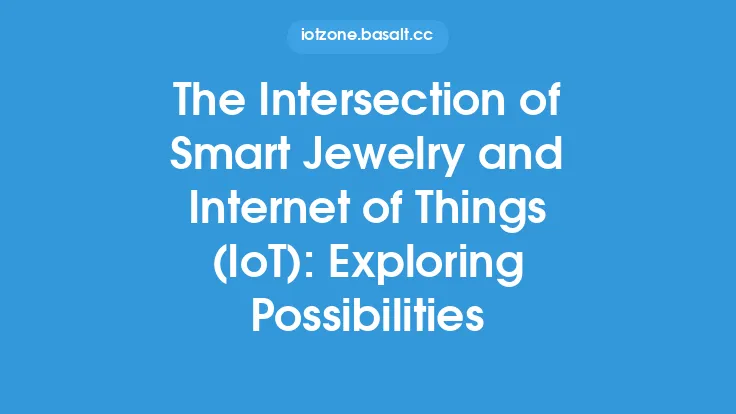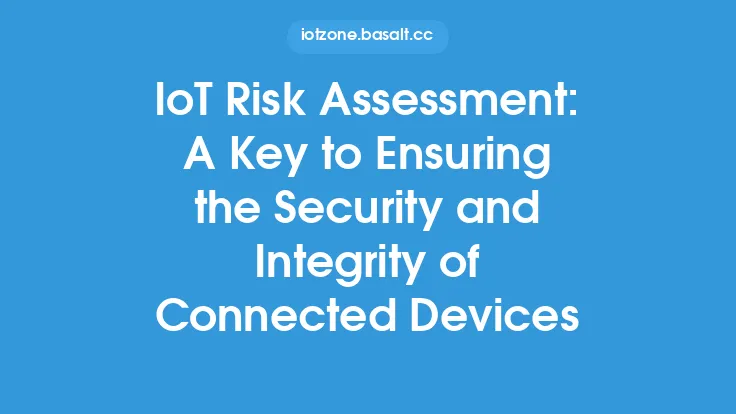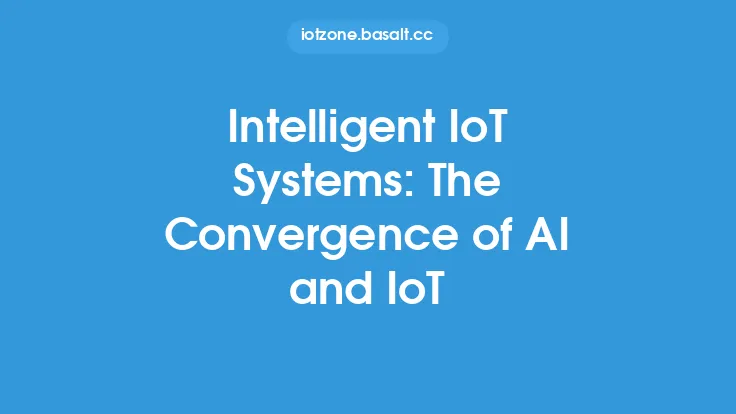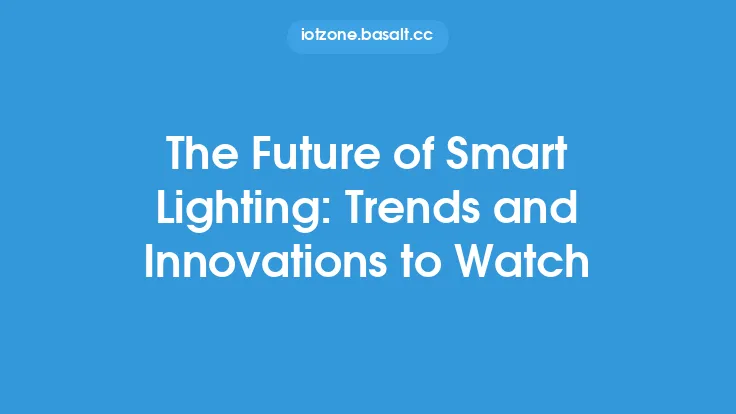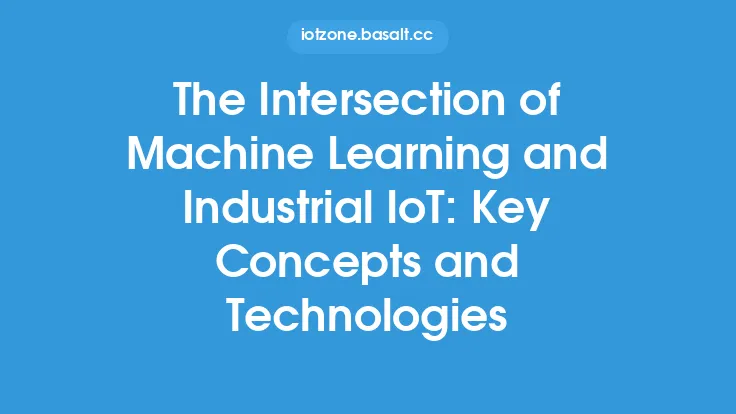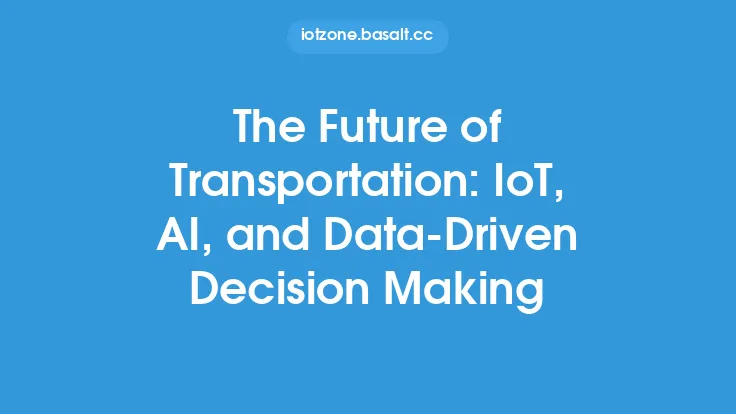The world is on the cusp of a revolution, one that will transform the way we live, work, and interact with each other and our surroundings. At the heart of this revolution is the intersection of two powerful technologies: the Internet of Things (IoT) and Artificial Intelligence (AI). The convergence of these technologies is creating a more connected and automated world, where devices, systems, and processes are increasingly intertwined and intelligent.
Introduction to IoT and AI
The Internet of Things refers to the network of physical devices, vehicles, home appliances, and other items that are embedded with sensors, software, and connectivity, allowing them to collect and exchange data. This data can be used to create a more efficient, productive, and convenient world. Artificial Intelligence, on the other hand, refers to the development of computer systems that can perform tasks that typically require human intelligence, such as learning, problem-solving, and decision-making. When combined, IoT and AI create a powerful synergy that enables devices and systems to learn from data, make decisions, and take actions autonomously.
Key Technologies Enabling the Intersection of IoT and AI
Several key technologies are enabling the intersection of IoT and AI, including machine learning, natural language processing, computer vision, and edge computing. Machine learning, a subset of AI, enables devices and systems to learn from data and improve their performance over time. Natural language processing enables devices to understand and respond to voice commands, while computer vision enables them to interpret and understand visual data. Edge computing, on the other hand, enables data to be processed and analyzed in real-time, reducing latency and improving the overall performance of IoT systems.
Applications of IoT and AI
The applications of IoT and AI are vast and varied, ranging from smart homes and cities to industrial automation and healthcare. In smart homes, for example, IoT devices such as thermostats, lights, and security cameras can be controlled and automated using AI-powered voice assistants. In industrial automation, IoT sensors and devices can be used to monitor and control equipment, predict maintenance needs, and optimize production processes. In healthcare, IoT devices such as wearables and medical implants can be used to monitor patient health, detect anomalies, and provide personalized treatment recommendations.
Technical Challenges and Limitations
While the intersection of IoT and AI holds tremendous promise, there are several technical challenges and limitations that must be addressed. One of the biggest challenges is the issue of data quality and integrity, as IoT devices can generate vast amounts of data that must be processed and analyzed in real-time. Another challenge is the issue of security, as IoT devices can be vulnerable to hacking and other forms of cyber attack. Additionally, there are challenges related to scalability, interoperability, and standardization, as IoT devices and systems must be able to communicate and interact with each other seamlessly.
Real-World Examples and Case Studies
There are many real-world examples and case studies that demonstrate the power and potential of the intersection of IoT and AI. For example, the city of Singapore has implemented a smart transportation system that uses IoT sensors and AI-powered analytics to optimize traffic flow and reduce congestion. Similarly, the company Siemens has implemented an IoT-based predictive maintenance system that uses AI-powered analytics to predict equipment failures and reduce downtime. In the healthcare sector, the company Medtronic has developed an IoT-based system for monitoring and managing diabetes, which uses AI-powered analytics to provide personalized treatment recommendations.
Future Directions and Opportunities
The future of the intersection of IoT and AI is exciting and full of opportunities. As IoT devices and systems become increasingly ubiquitous, there will be a growing need for AI-powered analytics and automation to make sense of the vast amounts of data being generated. Additionally, there will be opportunities for the development of new IoT devices and systems that are specifically designed to take advantage of AI-powered capabilities. Some of the future directions and opportunities include the development of autonomous vehicles, smart grids, and intelligent buildings, as well as the use of IoT and AI in areas such as agriculture, education, and environmental monitoring.
Conclusion
In conclusion, the intersection of IoT and AI is creating a more connected and automated world, where devices, systems, and processes are increasingly intertwined and intelligent. While there are technical challenges and limitations that must be addressed, the potential benefits of this intersection are vast and varied, ranging from improved efficiency and productivity to enhanced convenience and decision-making. As the world becomes increasingly dependent on IoT and AI, it is essential to stay informed and up-to-date on the latest developments and advancements in these technologies, and to explore the many opportunities and applications that they have to offer.
